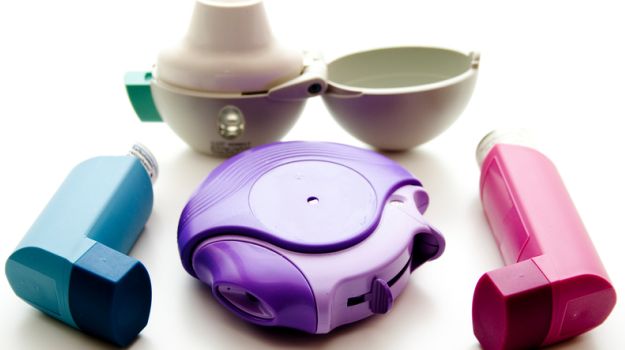The researchers found that urban dwelling is a major risk factor for increased asthma morbidity-- defined as higher rates of asthma-related emergency room visits and hospitalisations - but didn't draw link between urban living increasing the risk for having asthma. 30 percent of asthma-related hospitalizations were likely attributable to socioeconomic, geographic and/or racial/ethnic disparities.
"Our findings serve as evidence that there are differences between risk factors linked to developing asthma and those linked to making asthma worse if you already have it," says Corinne Keet, M.D., Ph.D., the paper's lead author.

The Study Conducted
In earlier studies, there were no links drawn to determine the effects of inner-city living on asthma morbidity. The research team sought to determine those effects by analysing information gathered by the U.S. Centers for Medicare and Medicaid Services on the health care utilization of 16,860,716 children aged 5 to 19, who were enrolled in Medicaid in 2009 and 2010.
The team first narrowed the pool of data to children who had at least one asthma-related outpatient or Emergency Department visit over the two-year period. Based on the county they lived in, these 1,534,820 children were categorised by urbanisation status based on their ZIP code, and living in a poor or not poor neighbourhood. The team excluded states that were missing more than 10 percent of data on race/ethnicity, states in which all major race/ethnicity groups were not represented and states that did not have urban areas.
"Among the Medicaid population we studied, 30 percent of asthma-related hospitalizations were likely attributable to socioeconomic, geographic and/or racial/ethnic disparities; 19 percent of hospitalizations were estimated to be attributable to black race/ethnicity; four percent were attributable to living in a poor area; and seven percent were attributable to living in an urban area," said Keet.
Children who lived in inner-city areas had an overall 40 percent higher risk of asthma-related emergency room visits and 62 percent higher risk of asthma-related hospitalizations.
"These results show that despite several decades of research on racial/ethnic and geographic disparities in asthma morbidity, there are still very large differences in rates of emergency room visits and hospitalizations by race and neighborhood characteristics. These findings emphasize that we need to redouble our efforts to find comprehensive solutions to address asthma disparities," concluded Keet.










